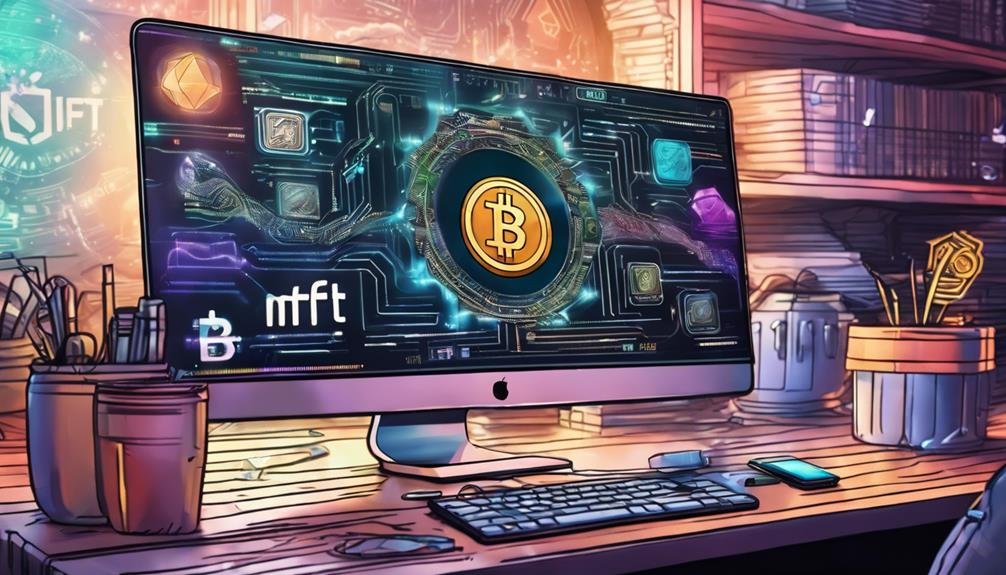To sell digital art as NFTs, understand NFTs on blockchain, preferably on Ethereum. Key terms like creating and gas fees are crucial. A Web3 wallet like MetaMask is necessary to guarantee wallet security with backups and funds of around £150 worth of ETH. Popular marketplaces like Rarible focus on minting, while SuperRare offers unique digital art. Optimize artwork in compatible formats like PNG or JPEG. Engage in NFT transactions by deciding on pricing, listing, and promoting strategies. Utilize social media for promotion and anticipate market trends. Success in the digital art world hinges on these steps. Further insights are available with deeper exploration.
Table of Contents
Brief Overview of Selling Digital Artwork As NFT Guide
- Understand NFT creation, Ethereum, and blockchain technology.
- Please set up a Web3 wallet like MetaMask and fund it with £150 worth of ETH.
- Choose reputable NFT marketplaces like Rarible or SuperRare.
- Optimize artwork with compatible formats and metadata.
- List, sell, and promote NFTs strategically for visibility and sales.
Understanding NFTs in Digital Art
Exploring the intricacies of NFTs in the realm of digital art reveals a unique approach to ownership and value representation. NFTs, or non-fungible tokens, are digital assets that are one-of-a-kind and stored on the blockchain. They have transformed the art marketplace by providing artists with a new way to sell their digital creations while ensuring exclusivity rights. Ethereum, a popular cryptocurrency, is commonly used for NFT transactions due to its secure and efficient platform for creating and selling art.
Understanding terms like creating, gas fees, and blockchain technology is essential for maneuvering the world of NFTs successfully. Creating refers to the process of generating NFTs, while gas fees are the transaction costs on the Ethereum network. By generating NFTs, artists and sellers can establish credibility and brand identity, enhancing their presence in the digital art marketplace. Overall, comprehending the intricacies of NFTs is essential for those looking to leverage digital art as a valuable asset in the modern market.
Setting Up Your Web3 Wallet
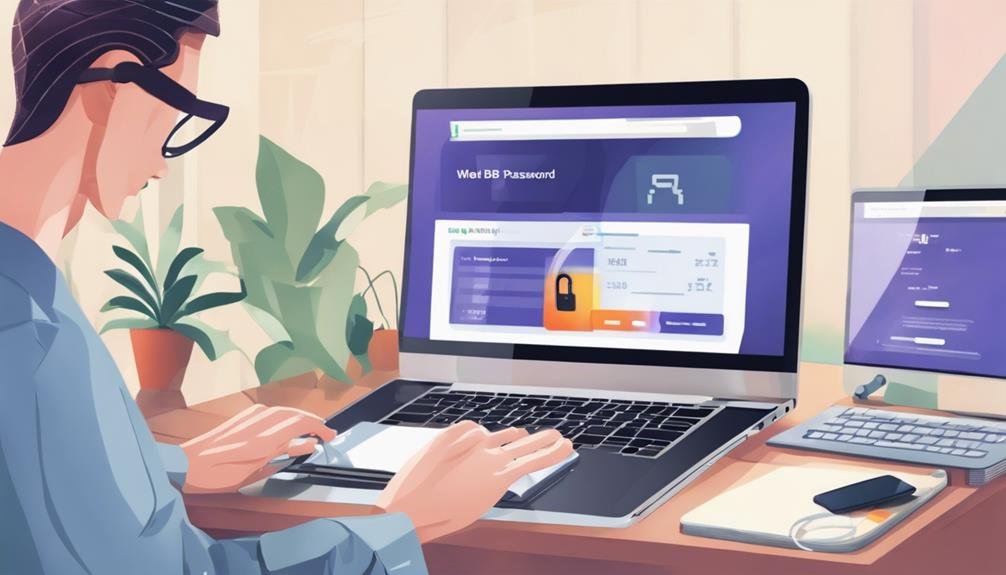
To engage in NFT transactions efficiently, establishing a Web3 wallet is essential for securely storing Ethereum and interacting with NFT marketplaces. One popular Web3 wallet extension recommended for NFT transactions is MetaMask. It is important to securely back up the 12-word recovery phrase associated with your Web3 wallet to guarantee access to your digital assets. Your Web3 wallet address plays a crucial role in sending and receiving ETH for NFT transactions, enabling seamless interaction within the marketplace.
For smooth NFT selling operations, it is advisable to maintain a minimum of £150 worth of ETH in your Web3 wallet. This balance helps cover transaction fees and ensures that you can participate actively in the marketplace. By setting up your Web3 wallet correctly and following security best practices, you can safeguard your digital assets and engage confidently in NFT transactions. Remember, your Web3 wallet is the gateway to the world of NFTs, so it is important to manage it responsibly and stay informed about any updates or changes in the ecosystem.
Choosing the Right NFT Marketplace
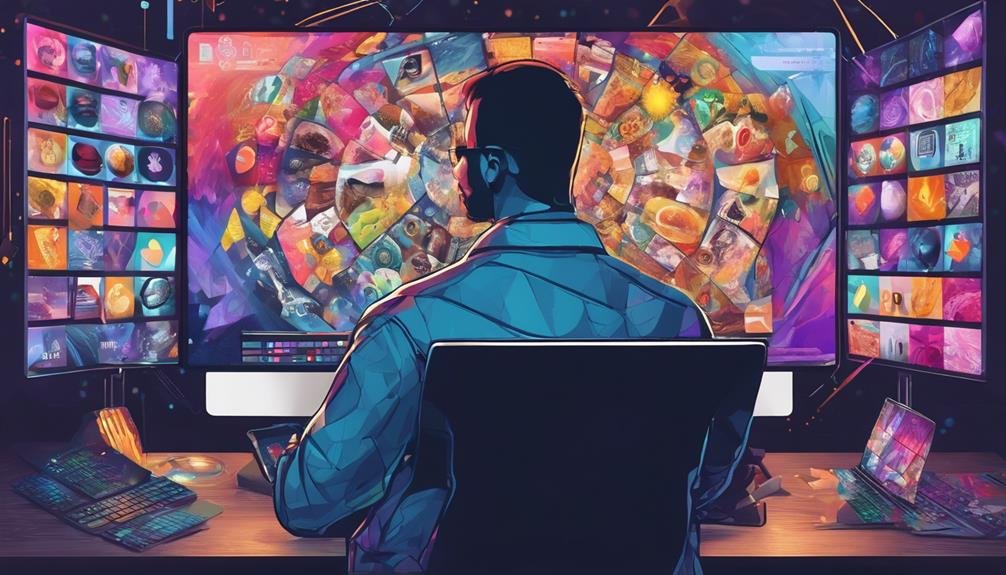
When exploring the realm of NFTs, an essential decision lies in selecting the appropriate marketplace to showcase and trade your digital artwork. NFT marketplaces like Rarible and SuperRare offer unique features catering to digital artists. Rarible, known for its focus on minting and selling NFT art, allows artists to earn royalties on resales, providing a sustainable income stream. On the other hand, SuperRare specializes in single-edition digital artworks, offering creators a significant share of the sale amount. While Rarible benefits NFT creators with a 10% royalty on resale, buyers on SuperRare incur a 3% transaction fee, supporting the platform’s operations.
Understanding the fees associated with different NFT marketplaces is critical for artists looking to maximize their earnings. Whether you prefer the flexibility of Rarible or the exclusivity of SuperRare, each platform presents unique opportunities for artists to showcase their work and engage with a community of collectors. Making an informed choice based on your artistic goals and financial considerations is essential when exploring the diverse landscape of NFT drops.
Funding Your Wallet With ETH
To start funding your digital wallet with Ethereum (ETH), it is vital to obtain ETH from a reputable exchange or broker securely. Exchanging fiat currency for ETH can be carried out on different platforms, ensuring you have the required funds to participate in NFT transactions. Implementing strong security measures, such as securely backing up your wallet’s recovery phrase, is essential to safeguarding your ETH investments.
Acquiring Ethereum for Wallet
Acquiring Ethereum for your wallet involves interacting with reputable exchanges or brokers to obtain ETH securely for your NFT transactions. It is advisable to use secure wallets like Metamask to store your ETH. Before making transactions, make sure your wallet is funded with a minimum of £150 worth of ETH for flexibility. When purchasing ETH, you can utilize various payment methods, such as credit/debit cards or bank transfers. Copying your wallet address is essential for smoothly sending and receiving ETH transactions. By following these steps, you can efficiently acquire Ethereum, store it securely, and be ready to engage in NFT transactions with confidence.
Exchanging Fiat to ETH
For the smooth conversion of fiat currency to Ethereum (ETH) to fund your digital wallet securely, consider purchasing ETH from reputable exchanges or brokers using credit/debit cards or bank transfers. It is advisable to allocate a minimum of £150 worth of ETH to guarantee smoother transactions. Utilize a Web3 wallet such as MetaMask, securely backing up the 12-word recovery phrase and copying the ETH wallet address for transactions. Before minting as NFTs, make sure your digital artwork files, such as videos, images, or 3D models, are prepared within the maximum size limit of 100MB. Connect your Ethereum wallet to your preferred NFT marketplace, create a new collection, upload your artwork, mint the NFT, and submit it for review and approval.
Security Measures for ETH
Consider implementing robust security measures when managing your Ethereum funds to ensure the safety and integrity of your digital assets. To safeguard your ETH effectively, follow these essential steps:
- Utilize a Metamask wallet: Securely store and manage your Ethereum funds using the trusted Metamask wallet extension.
- Backup your wallet: Protect your ETH by creating and securely storing a 12-word recovery phrase as a backup for your wallet.
- Secure transactions: When funding your wallet with ETH, guarantee secure transactions by copying your ETH wallet address so you can send and receive digital assets safely. These measures are vital for protecting your digital art and NFTs.
Optimizing Your Artwork for NFTs
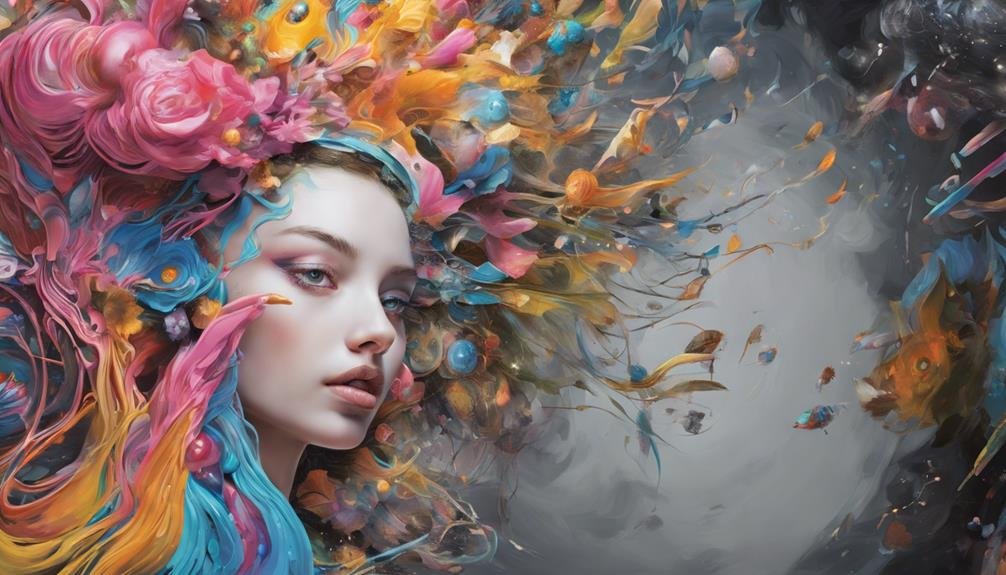
Optimizing your NFT artwork involves strategic decisions regarding file format selection and the inclusion of essential metadata. These aspects play a vital role in ensuring that your digital art is presented in the best possible light on NFT platforms. By paying attention to these details, you can enhance the overall appeal and marketability of your artwork in the competitive NFT space.
File Format Selection
Choosing the right file format is essential when getting your digital art ready for NFT listings to guarantee compatibility across various platforms. When optimizing your artwork for NFTs, consider the following:
- Select Compatible Formats: Choose from PNG, JPEG, GIF, or MP4 to guarantee your art can be viewed on different platforms seamlessly.
- Watch File Size: Keep your file under 100MB to meet submission requirements on most NFT platforms.
- Quality Matters: Optimize image quality and resolution to showcase your digital art effectively and attract potential buyers.
Ensuring your digital art is original and unique, researching platform-specific requirements, and avoiding submission issues related to file formats are vital steps when preparing to mint NFTs.
Metadata Importance
When preparing digital art for NFT listings, prioritizing metadata inclusion is crucial for enhancing discoverability and establishing authenticity. Metadata in NFTs, such as artist information and creation date, serves as evidence of ownership and originality. Adding detailed metadata not only boosts credibility but also provides potential buyers with a deeper understanding of the artwork’s context and value.
By incorporating relevant keywords into the metadata, artists can improve the searchability and reach of their NFT listings, attracting more attention from interested parties. Moreover, detailed metadata can offer insights into the artist’s inspiration and creative process, further enticing buyers to invest in digital art. Ultimately, ensuring that metadata is accurately and thoughtfully included can have a significant impact on the success of selling digital art as NFTs.
Listing and Selling Your NFT Art

An essential step in the process of selling digital art as NFTs is listing and showcasing your artwork on established NFT marketplaces. To successfully list and sell your NFT art, follow these steps:
- Set a fixed price or auction: Decide whether you want to set a fixed price for your NFT or opt for an auction structure to let buyers bid on your artwork.
- Pay the listing fee: NFT marketplaces often require a fee to list your artwork. Be prepared to cover this cost to make your art visible to potential buyers.
- Create NFTs and connect your wallet: Utilize platforms like OpenSea, Rarible, or SuperRare to create your NFTs and connect your digital wallet to facilitate secure transactions on the Ethereum blockchain.
Remember to add a detailed description, high-quality images, and engaging narratives to attract buyers to your listings. Understanding market trends, transaction costs, and gas fees is essential for a successful NFT art sale.
Promoting Your NFT Artworks
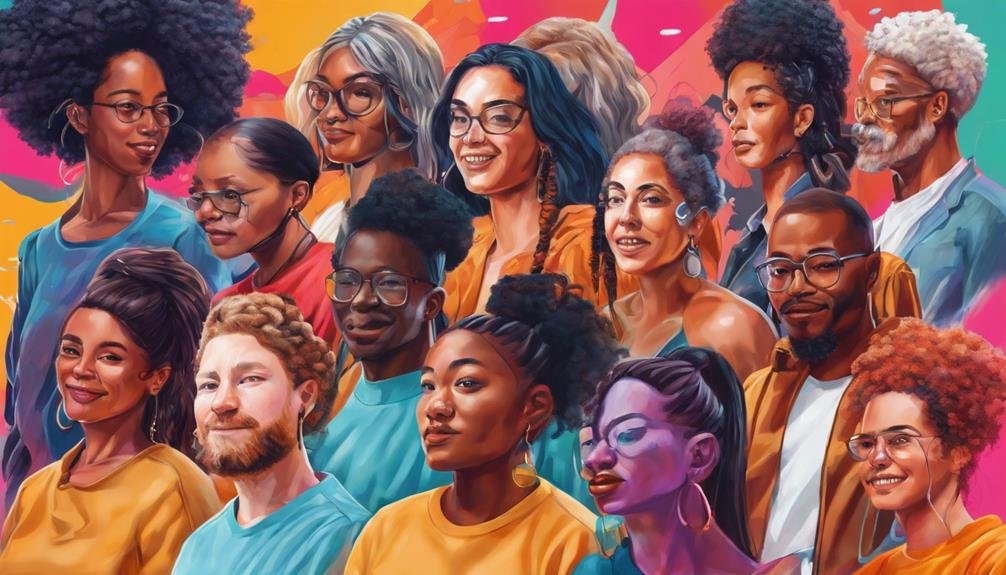
Effectively promoting your NFT artworks is essential in attracting potential buyers and increasing visibility within the digital art marketplace. Utilize active social media channels to promote your NFT artworks and engage with buyers. Sharing your NFT collection publicly can help increase visibility and attract more interest. Consider releasing free edition NFTs to generate buzz and build a following for your art. Building a strong followership and sales record requires consistent promotion and showcasing of your NFTs.
Adding upcoming NFT releases to a calendar can create anticipation and engagement among your audience. By actively promoting your NFT artworks on social media platforms, you can reach a wider audience, showcase your art, and connect with potential buyers. Engaging with your audience, sharing insights about your creative process, and creating a sense of community around your NFT art can help build a loyal following and increase the chances of successful sales.
Frequently Asked Questions
How Do I Turn My Digital Art Into an NFT?
To turn digital art into an NFT, artists must select a platform supporting NFT creation, connect their digital wallet, upload the artwork, mint the NFT, and then sell it in the marketplace. This process involves blockchain technology, copyright protection, pricing strategies, and market trends.
How Do I Sell Digital Art With NFT?
To sell digital art as NFTs, artists must leverage strategic marketing, implement competitive pricing models, safeguard copyright protection, select suitable platforms, undergo tokenization processes, enhance artistic value, foster community engagement, utilize blockchain technology, adhere to legal considerations, and guarantee artistic authenticity.
Is Selling Art on NFT Worth It?
Exploring the market potential of selling art as NFTs reveals lucrative investment opportunities with long-term gains. Ownership rights, digital authenticity, and collectible appeal, supported by blockchain technology and community backing, empower artists in this evolving landscape.
How Do I Create an NFT to Sell?
To create an NFT for sale, artists must navigate the NFT creation process on platforms like OpenSea or Rarible. Ensuring digital art authenticity, copyright protection, and metadata quality, along with setting up smart contracts and considering token minting fees, is essential.
Conclusion
Selling digital art as NFTs can be a lucrative opportunity for artists looking to enter the world of blockchain technology. By understanding the basics of NFTs, setting up a Web3 wallet, choosing the right marketplace, funding your wallet with ETH, optimizing your artwork, listing and selling your NFTs, and promoting your work effectively, you can increase your chances of success in this emerging market. Remember, ‘the early bird catches the worm’ – so don’t hesitate to explore this exciting new avenue for showcasing your creativity.


